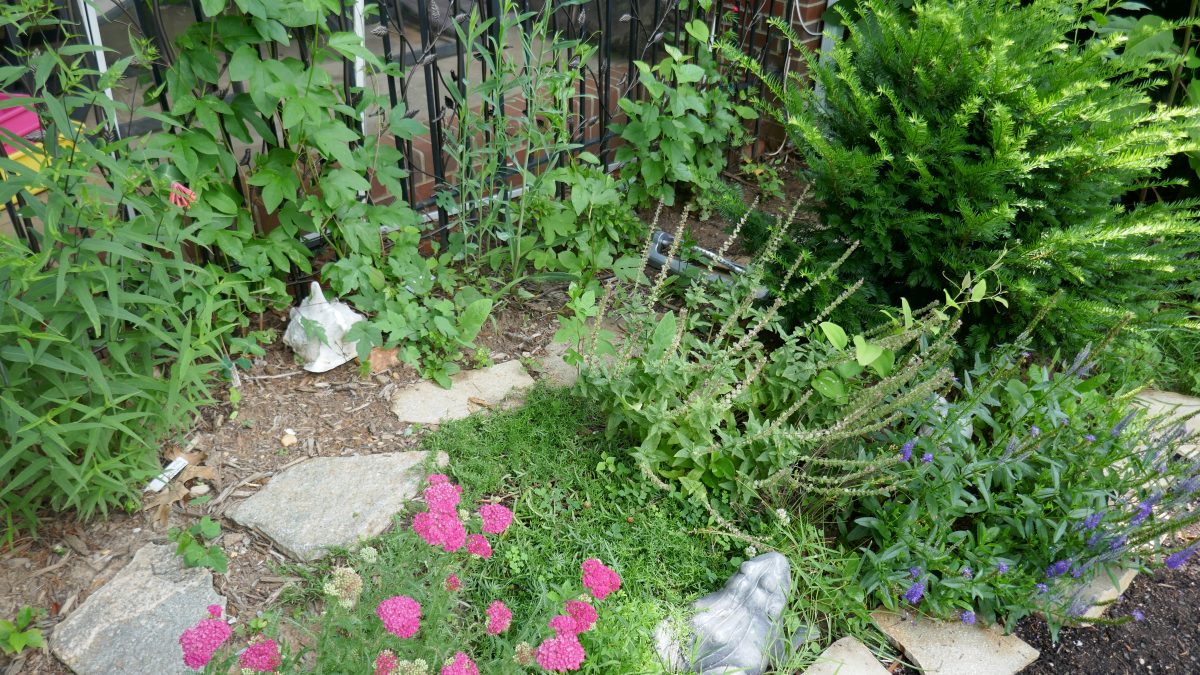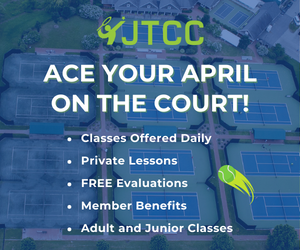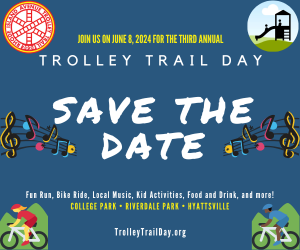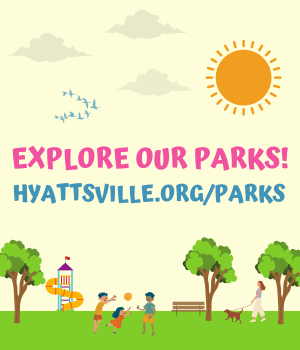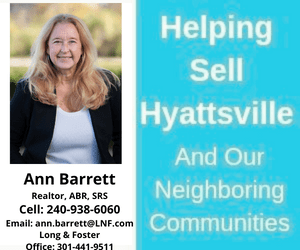By Lily Fountain
Like many of you, I’ve spent many hours of this pandemic spring in my yard. I’m bringing more of my garden alive with native plants. Gardening with native species has big benefits: These plants usually self-seed easily and are adapted to the climate, so they do not need much watering or weeding. This year, my blue false indigo plants have tripled in number and are dotted with butterflies, which flock to plants that they evolved with — specific butterflies vastly prefer specific plants. Butterflies are the foundation of the food web for wildlife, so pollinator-friendly flowers help sustain the wildlife in our neighborhoods. My coneflowers, black-eyed Susans, bee balms and milkweed are also thriving and spreading in their sunny locations.
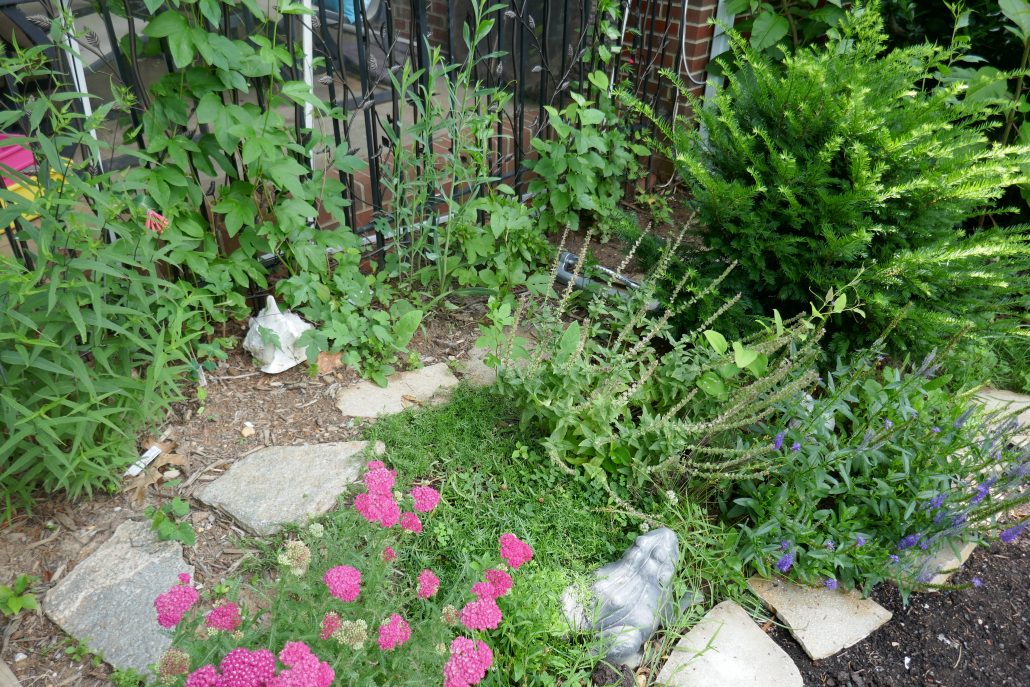
Courtesy of Lily Fountain
I turn to Dr. Douglas Tallamy for his expert advice along my landscaping journey. Tallamy wrote the classic, Bringing Nature Home, and leads the flourishing native landscaping movement. Although he is an entomologist, Tallamy has focused on the effects of non-native plant species on insect populations. He has found that non-native ornamentals — species did not evolve in our Maryland ecosystem — do not feed insects, and they crowd out native plants that do. Determined to make my backyard a wildlife habitat, and with Tallamy’s guidance, I poured the extra time my retirement provided into transforming my home’s landscape.
In my yard, I had tons of two non-native plants that are invasive and crowd out host species for wildlife: bush honeysuckle and English Ivy. These two are common in College Park and are bullies of the plant world.
On a trip to the National Cathedral’s Flower Mart, I saw, first hand, how English ivy impacts wildlife. I passed a yard with wall-to-wall English Ivy, and it was totally silent. Not a single birdsong or buzz of bee was to be heard, unlike at the house next door, whose yard was brimming with native plants and trees, and was full of birds and insects. Dr. Tallamy writes, “Life begins with natives and ends with aliens.” While you may see some birds, if there aren’t native plants to feed the caterpillars those birds need to feed their young, you will eventually have fewer birds. When I understood the disastrous impact of non-natives, I enlisted my husband’s help and we cut down or pulled up or pick-axed up the invasives in my yard.
I’m fortunate to have native trees in my yard: pine, hickory, beech and red-twigged dogwood. A neighbor gave me a redbud sapling from a neighbor who had rooted her own tree from a fine old redbud in Berwyn. This redbud hosts at least six species of caterpillars, and I’m looking forward to baby birds in my yard being well fed.
Although my trees are a success, I have learned some hard landscaping lessons along the way. Consider important factors when you choose plants; sun versus shade, wet versus dry — these elements are important. Place tall plants where they won’t cast shade over lower ones, and if a plant needs soil that drains well, think about planting it on a slope. Learn about when plants bloom and plant accordingly, so you get blossoms from early spring into the fall. By choosing plants that fit naturally with your yard, you can largely avoid a lot of watering, weeding, and fertilizing.
As my garden’s evolved, I’m seeing Mother Nature find her way in, too. My dog, Sierra, recently discovered a box turtle crawling among the elderberry, chokeberry and serviceberry bushes I planted earlier this spring. I’ve lived in this house over 43 years but have never seen a turtle in my yard before. What a reward for all my hard work! I hope you discover the ease and joy of native landscaping, and reap such bounty, too.

